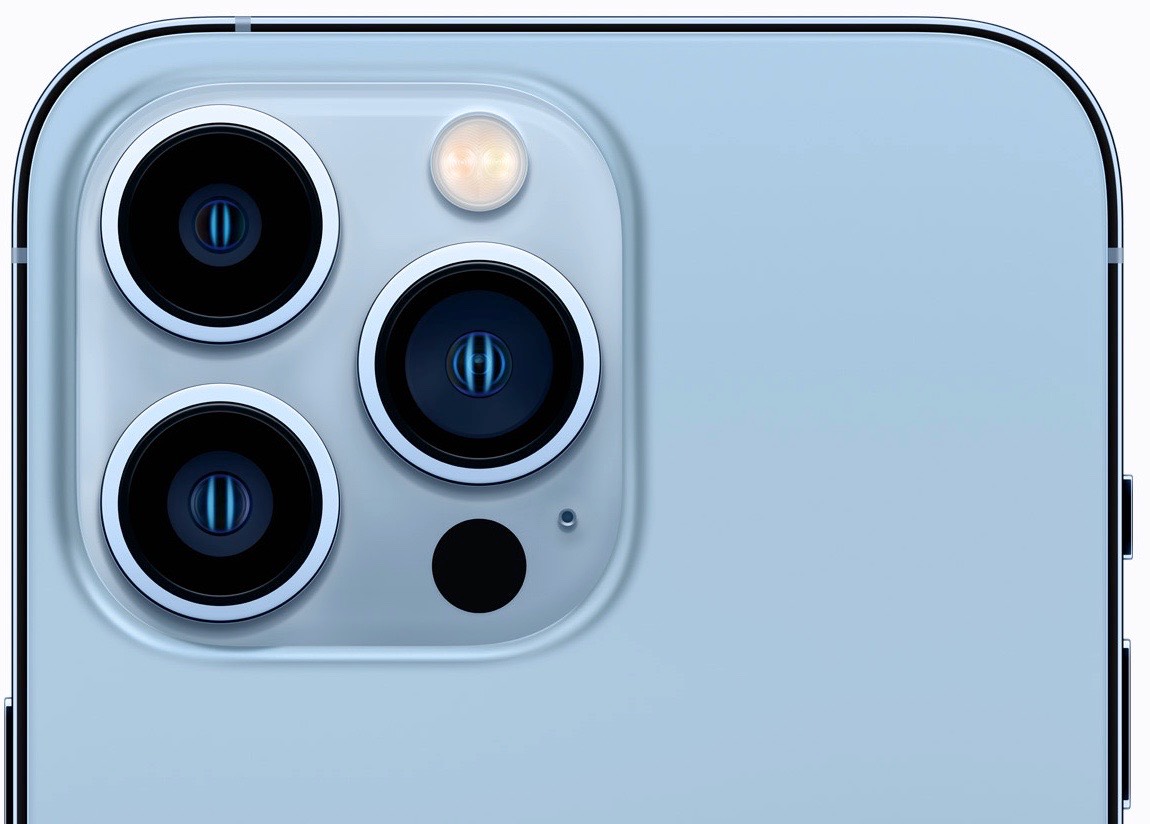As I contemplate my new iPhone, my fourth of Apple’s 13 iterations, it dawned on me that Apple is marching to a different drummer: 13mm, 26mm, and 77mm (all equivalent focal lengths). In essence you have a 13-77mm f/1.5-2.8 zoom.

It took a long time for the camera industry to drop from 28mm at the wide end of their all-purpose zooms to 24mm, and that was after they dropped from 35mm to 24mm at the wide end. Some still have options that essentially start at 28mm—Nikon made a half dozen DX variations on this—and we’re going to get a few more of those in the future, as well.
Focal length has a mostly un-talked about influence on perspective (or vice versa, should you care). If you’re trying to frame a half body portrait at 26mm, you’ll be closer to the subject than you would be at 28mm, and thus perspective changes. What’s happening with the phones including wider options is that, even if by accident, those using those phones are tending to be in closer than traditional camera users (selfie, anyone? ;~). Perhaps not too far off in distance, but enough so that perspective is clearly different, and you need to rethink your focal lengths.
If you’re trying to attract the young, who grew up on smartphones as cameras, 28mm as the wide end these days isn’t very selfie-ish. Indeed, if that user wasn’t taught about perspective they’d wonder why a traditional camera image doesn’t look like their phone camera images. I’d assume they’d want to buy a dedicated camera that mimics what they’ve been doing with their phone camera.
One thing that’s not been discussed much even before phones arrived on the camera scene is that American “standard distance” is quite different than European “standard distance” which is also different than Asian “standard distance.” If you look at how close each culture gets to one another while talking and interacting, you see clear differences in distance (perspective change!). If this carries over to camera use—and I believe it does—that means that Americans might be okay with a 28mm focal length (they’re further away) while other cultures might prefer 24mm (they’re closer).
When Nikon cancelled the 18-50mm DL camera (f/1.8-2.8), many of us groaned (loudly). I’d argue that this was exactly the compact camera that a lot of folk should be carrying, as it would better align with what people were/are doing with phones. It should have been an easy up sell to the young. Meanwhile, most older and traditional photographers looked at that DL as being a wide-angle zoom with half of a mid-range zoom, which also resonated.
Nikon’s executives at the time were very antsy about that wide-angle model, thinking the 24-85mm f/1.8-2.8 model would be what defined the DL line and would dominate sales. But that’s thinking in the past, not looking at the present and future. Marketing has to market the future, but curiously, Nikon spent much more of their energy on the more traditional DL models than on that wide-to-mid model.
Nikon themselves should have known the answer, but didn’t seem to believe it. They still don’t seem to believe it. What was the most demanded Z-mount lens after the initial five were dropped? Wide angle zoom. The eventual 14-30mm f/4 has turned out to be a best seller for Nikon. What’s the most demanded lens for the Z DX models? Wide angle zoom. The missing 10-20mm lens is holding back Z50 and Zfc sales, I’ll bet. Nikon touts the Zfc as a vlogging/influencer camera, yet they haven’t actually produced the lens that would allow that the best. There’s a reason why Apple has 13mm equivalent as their ultra wide choice, and it’s being used more and more by the young folk that the camera makers aren’t catering to.
There’s so much inertia in the camera industry that they’ve driven right by the exit.
I’m contemplating adjusting the “needed set of lenses” I’ve written about in the past. We went from 35mm, 50mm, 85mm primes to these days, 24/28mm, 50mm, 85mm primes as a solid three lens set. Given how cameras are being used now, I think the actual basic three-lens prime set probably ought to be 20mm, 40mm, 70/85mm.
Meanwhile, zooms seem to have got locked up with either the 70mm or 100/105mm flex point, so we end up with 24-70mm and 70-200mm, or 24-105mm and 100-300/400mm as the basic two lens set. Maybe we need to rethink that, too. 20-50mm and 50-200mm, for example.
Which runs us into a problem. The average age of the dedicated interchangeable lens camera user keeps drifting up. These folk are still locked into the notion that 35/50/85 is the prime set and 24-70/70-200 is the zoom set around everything else eventually gets built. I get emails with a lot of different lens requests, but I can almost judge the age of the emailer by what they request. The older users just want better (or lighter, or less expensive) versions of the sets they're used to, the younger users are looking at how they want to photograph and coming up with some more interesting choices.
I don't get a sense that the camera and lens makers have caught onto the fact that tomorrow's lens sets might be dramatically different than today's.
